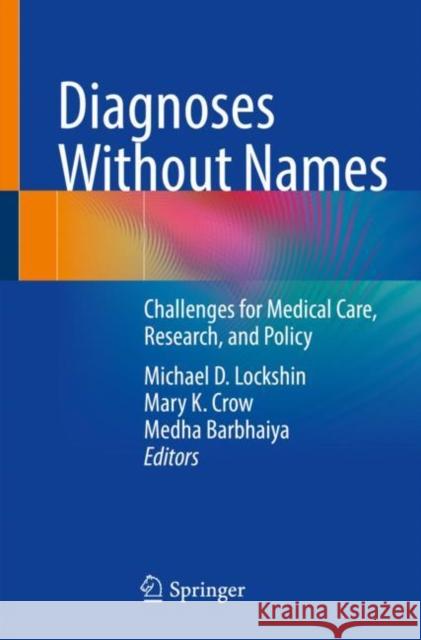Diagnoses Without Names: Challenges for Medical Care, Research, and Policy » książka
topmenu
Diagnoses Without Names: Challenges for Medical Care, Research, and Policy
ISBN-13: 9783031049347 / Angielski / Miękka / 2022
Doctors, patients, investigators, administrators, and policymakers who assign diagnoses assume three elements: the name describes an entity with conceptual or evidentiary boundaries, the person setting the name has a high degree of certainty, and the name has a consensus definition. This book challenges this practice and offers an alternative to assigning diagnoses: quantitating diagnostic uncertainty in personal and public medical plans.
This book offers the stakeholders' views participating in a workshop, sponsored by the Barbara Volcker Center/Hospital for Special Surgery, taking place in April 2020, about uncertain diagnoses. Chapters examine the circumstances in which diagnosis names are "unassignable", either because patients do not fit within diagnostic "boxes" or because health abnormalities evolve and change over time. In addition, the book deconstructs the processes of diagnosis and explores how different stakeholders used diagnosis names for various purposes. In examining pertinent questions, the book offers a roadmap to achieving consensus definitions or including measures of uncertainty in personal care, research, and policy.
Diagnoses Without Names: Challenges for Medical Care, Research, and Policy is an essential resource for physicians and related professionals, residents, fellows, and graduate students in internal medicine, rheumatology, and clinical immunology as well as investigators, administrators, policymakers.











